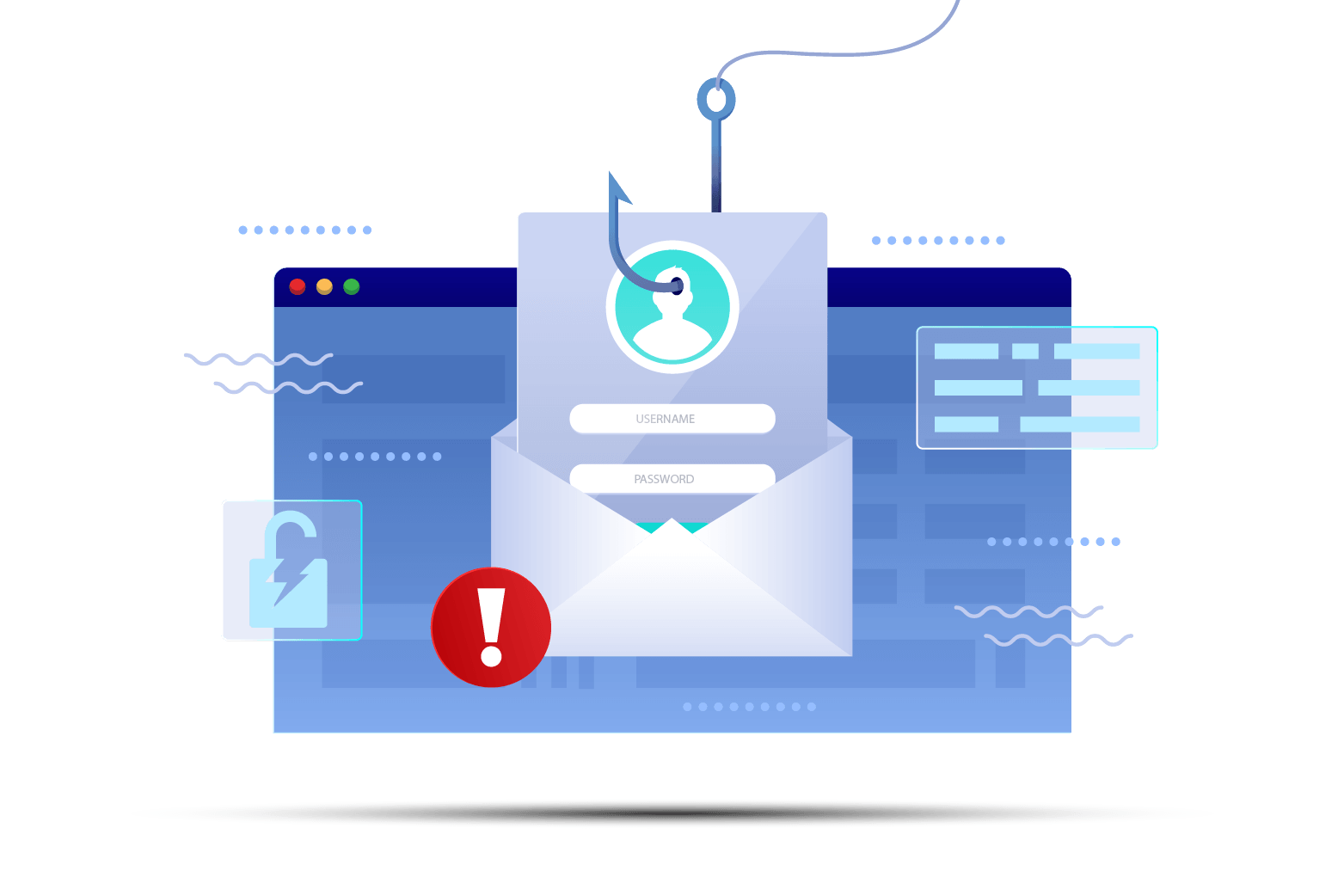Securium Solutions is a leading cybersecurity company dedicated to protecting businesses and individuals from emerging threats. Through our advanced case study solutions and expertise, we have successfully safeguarded numerous clients against phishing attacks and optimized their web performance. In this article, we present three case studies that highlight our successful interventions and outcomes.
Background
A prominent financial institution approached Securium Solutions with a growing concern about email phishing attacks targeting their customers. These attacks not only impacted the bank’s reputation but also resulted in significant financial losses for their clients.
What We Did
Our team of cybersecurity experts conducted a comprehensive assessment of the bank’s existing email security infrastructure. We implemented multi-layered defenses, including robust email filtering, anti-phishing tools, and employee awareness training. We also introduced advanced AI-driven anomaly detection to identify suspicious email patterns.
Outcome
After implementing our solutions, the financial institution witnessed a drastic decline in successful email phishing attempts. The number of phishing links reported by customers reduced by 90%, boosting customer confidence in the bank’s security measures. Moreover, the bank reported zero successful these attacks during the six-month post-implementation period.

Case Study 2: Defending SMS Phishing Attacks (Vishing and Smishing)
Background
A multinational corporation faced a surge in vishing and smishing attacks, leading to unauthorized access to confidential data and potential reputational damage.
What We Did
Securium Solutions initiated a thorough assessment of the company’s telephony systems and employee security awareness. We deployed advanced voice recognition technologies to detect vishing attempts and implemented real-time SMS analysis to identify smishing campaigns.
Outcome
With our tailored solutions in place, the company experienced a significant reduction in this incidents. The implementation of behavioral analysis resulted in early detection and prevented unauthorized access to sensitive data. Employees were well-equipped to recognize and report potential phishing attempts, creating a robust defense against social engineering attacks.
The case study focuses on strategies and methods to mitigate the risks associated with email phishing attack It explores real-world scenarios, challenges, and solutions to protect individuals and organizations from falling victim to phishing scams.
Phishing Email is a cyberattack where attackers send deceptive emails that appear legitimate to trick recipients into revealing sensitive information, clicking malicious links, or downloading malicious attachments.
The case studies discusses strategies such as employee training and awareness programs, implementing email filtering solutions, using multi-factor authentication, and regularly updating software and security patches.
Employee training educates staff about identifying phishing emails, suspicious attachments, and links. It promotes a culture of security awareness, making it harder for attackers to succeed.
While technical solutions significantly reduce phishing risks, no solution can guarantee absolute protection. A combination of technical measures and user awareness is essential for comprehensive protection.
Vishing involves attackers using voice communication, often through phone calls, to trick individuals into divulging personal information. Smishing refers to phishing attacks carried out via SMS messages, aiming to deceive recipients into taking malicious actions.
In vishing attacks, attackers may impersonate legitimate entities (such as banks) and request sensitive information over phone calls. Smishing attacks involve sending deceptive SMS messages containing links to malicious websites or prompts to share personal information.
If you receive a suspicious call or message, do not provide any personal information. Hang up or delete the message. If you are unsure about the legitimacy of the communication, contact the organization directly using official contact information.
Organizations should conduct regular training sessions to educate employees about these types of attacks. They can also implement policies that prohibit sharing sensitive information over phone calls or SMS unless verified.
While technological solutions can help, this often rely on social engineering tactics that may bypass technical defenses. However, call screening apps and SMS filters can provide some protection.